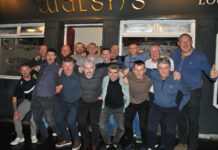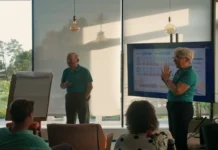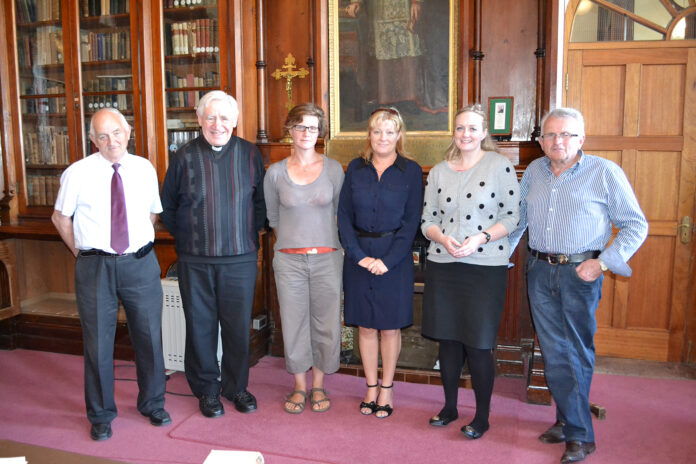
Cork City and County Archives recently gratefully accepted manuscripts of the works of prose writer, scribe and poet Dáibhí de Barra (Dáth an Ghleanna, Davy of the Glens), from a historical society in the county. Admired for his prose writings and translations, the works of de Barra hold a local connection, with Coláiste Cholmáin, Fermoy (St Colman’s College) holding a number of his manuscripts up to recent times.
Most of his manuscripts are now held in the Maynooth (where Coláiste Cholmáin, Fermoy transferred its collection of works to the Russell Library in 2013), the National Library of Ireland, the Royal Irish Aacedamy, NUI, as well as UCC.
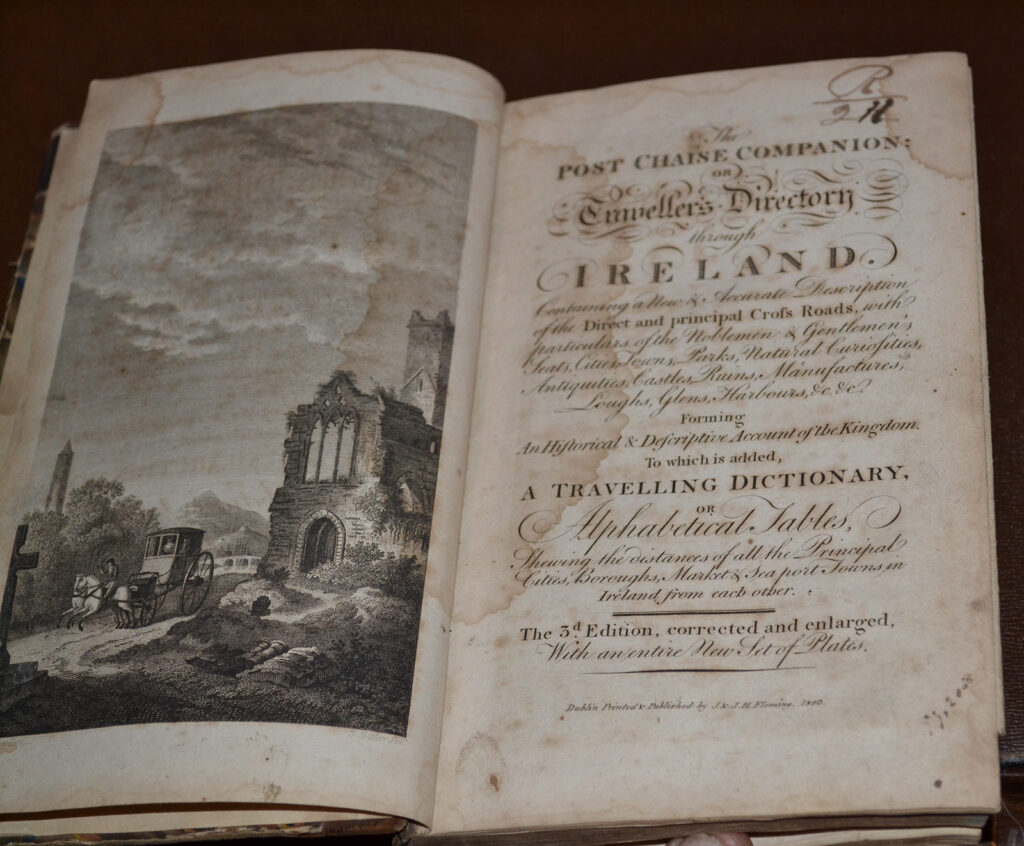
The Russell Library, which houses the historical collections of St Patrick’s College, Maynooth, holds a large and important body of manuscripts, representing a rich tradition of history, religion and literature from the early 15th to the late 19th century, with approximately 34,000 printed works in the collection. 10 years ago, in August 2013 to be precise, a collection of 50 Gaelic manuscripts from the library at St. Colman’s College, Fermoy were relocated to the Russell Library in Maynooth.
The following account, details the transfer of the manuscripts to Maynooth and is taken from the 2014 school annual at St Colman’s College, ‘An Colmánach’, written by the late Michael Bourke (RIP).
BOOKING A PLACE IN HISTORY
‘For many years a cabinet in a quiet corner of the Priest’s Library (Bibliotheca) at St Colman’s College was home to a very important collection of rare and probably priceless manuscripts. By agreement with the trustees of the College, 2013 saw them relocate to a new secure home in the Russell Library at Maynooth.
This library has one of the largest and most important collections of Gaelic manuscripts in Ireland stored in secure, fire-proof cabinets. In controlled temperature and humidity conditions, an onsite conservation team care for the books.
An ancient form of literature, the manuscript pre-dated the printing press and the electronic media as a definitive, accurate source of reference for students and teachers of many subjects. The St Colman’s collections of manuscripts were mostly of Irish literary interest and included lrish grammar, poetry, adventure tales, religious tracts, genealogies, Irish mythology and historical works, some of which dated back to the early 1700s. There were painstakingly prepared on parchment and paper by scribes using quills, ink pens and brushes, probably using whatever ink was available at the time, and then bound in large volumes for safe keeping.
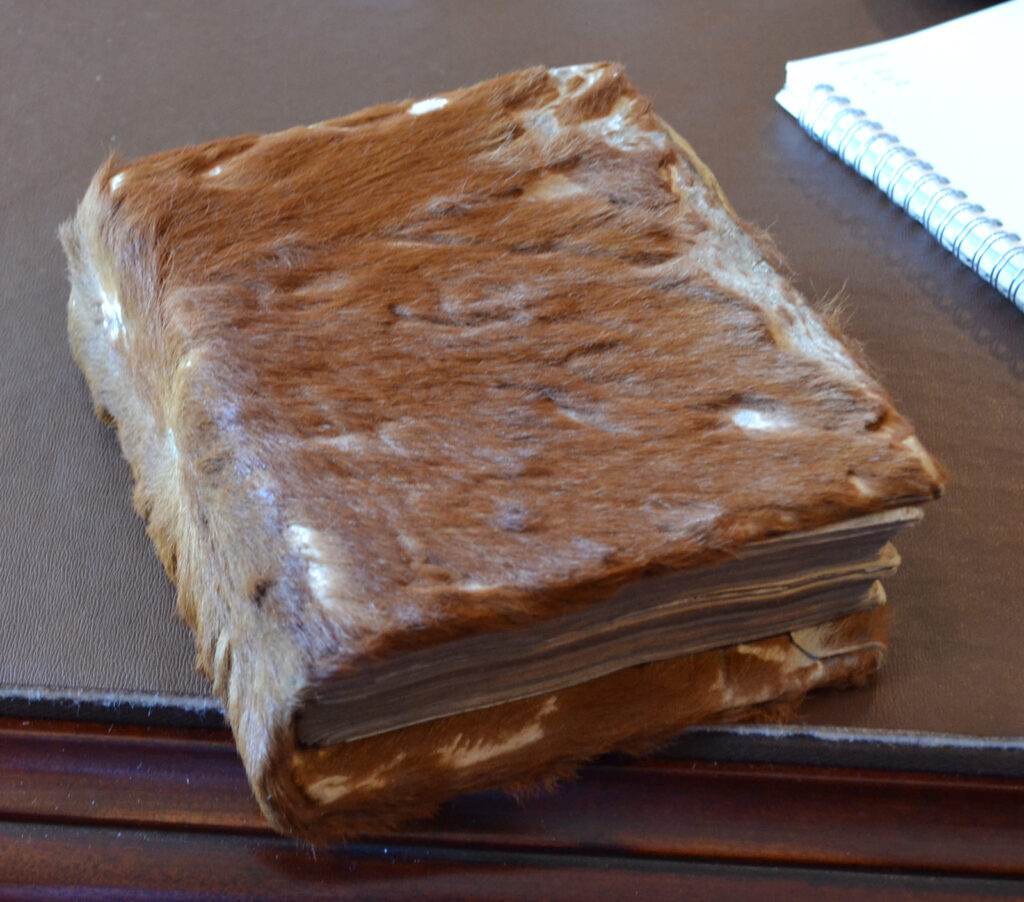
Many clergymen in Cloyne Diocese were avid collectors of such books and manuscripts which as a rule, would be bequeathed to the Diocese on the death of their owners and after the opening of St Colman’s in 1858, such bequests were placed in the library. The College quickly became renowned for its antiquity and uniqueness and it is reported that when Queen Victoria’s son, the Duke of Connaught visited Fermoy in November 1877, he was invited to inspect and admire ‘the beautiful collection of books’ in the school.
In all, there were fifty Gaelic manuscripts in St. Colman’s consisting of the Fr Kennefick Collection and the Fr. Padraig de Barra Collection. Fr. de Barra was Dean and a teacher of Irish in the College and also trained the successful Harty Cup team of 1948. On his death in 1974, the collection was purchased and donated to St. Colman’s by Fr. Bertie Troy.
The quality of the penmanship and artwork in the books is very high, comprising delicate, flowing script lettering and intricate, ornate capitals. Some of the lettering is miniscule and must have taken extremes of time and patience to complete. The protective binding was usually carried out by hand, including the very distinctive deerskin cover of the famed ‘Red Book of Rathcormac’ which still retains the red fur!
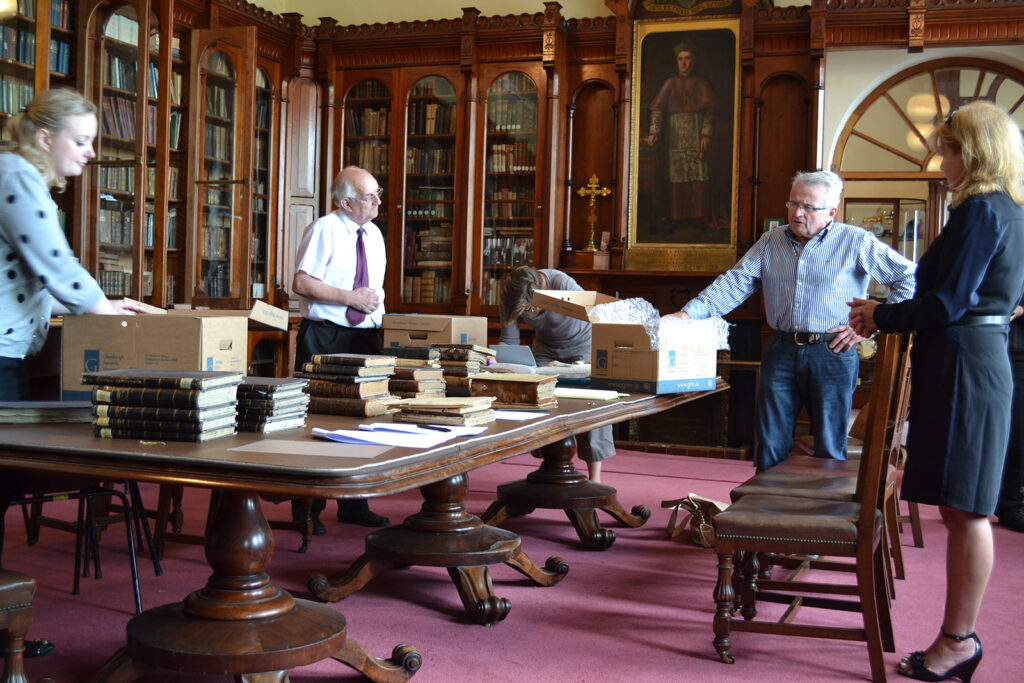
On August 27, 2013, the appointed day of departure, librarian Barbara McCormack and conservationist Louise Walsworth Bell arrived from Maynooth to arrange inventory, packaging and transport of the precious cargo. Many or the books probably arrived in the College via horse drawn carriage, but they all departed in a Volkswagen. Or at least they eventually did.. once laden, the car was very reluctant to start and uncharacteristically, took some coxing to do so. It seemed the manuscripts had a mind of their own and didn’t want to leave!
They did arrive in Kildare safe and well where they are a welcome addition to the Russell Library. St Colman’s have been promised a digitised, electronic copy of the books for reference and resource purposes in the school, extracts from which will be available to view on the College website in due course.’
2023 – WORKS DONATED TO COUNTY ARCHIVES
In September this year, Carrigtwohill Historical Society (CHS) deposited an almost 200 year old literary manuscript by Dáibhí de Barra, in the Cork City and County Archives, where they will now be stored in secure air conditioned strongrooms, and made accessible for research under strict conditions
The manuscript of 1825, appears to have been held by the Doherty family local to the Midleton/Carrigtwohill area, who later emigrated to the USA. Some years ago, it was kindly donated to Carrigtwohill Historical Society by the Doherty’s.
Pages 1-10 are written in ink, possibly in the hand of Davy Barry of the Glen (Dáibhí de Barra). The primary and apparently original content of the manuscript is a 92-line poem in English, by Dáibhí de Barra:
“A Schoolmaster came to Middleton in the year 1825, who gave out that he’d teach everything, so that he left the rest nothing to teach; but a kind friend wrote this advertisement on him.”
The undersigned hereby conveys,
To all that pass by these ways,
To all besides whom it may concern,
Within this neighbouring little realm,
A full to timely intimation,
And most authentic information.
That he in Middleton will teach
What follow, or part of each –
To the children he will teach Our Father,
The Creed, Hail Mary & Confession,
The Catechism he will rehearse….” etc.
SO WHO WAS DABHI de BARRA?
De Barra, Dáibhí (Barry, David; Dáth an Ghleanna – 1757/8–1851), was a prose writer, scribe and poet in Irish, born in Woodstock, Carrigtwohill, Co. Cork, son of Dáibhí, a tenant farmer on the earl of Barrymore’s estate.
Educated locally, he could read and write both Irish and English from an early age. He was known as a scholar and a poet during his lifetime, but is admired latterly for his prose writings and translations.
As a scribe he was industrious, devoting much of his Sundays to learning after working his farm all week, and thirteen complete manuscripts have come down to us from his hand, mainly from the period 1821–35. There were periods of inactivity, however, the longest being 1791–1821, perhaps explained by farm work, family responsibilities, and ill-health. The decline of the status of Irish in the region during the nineteenth century cannot be ruled out as another factor.
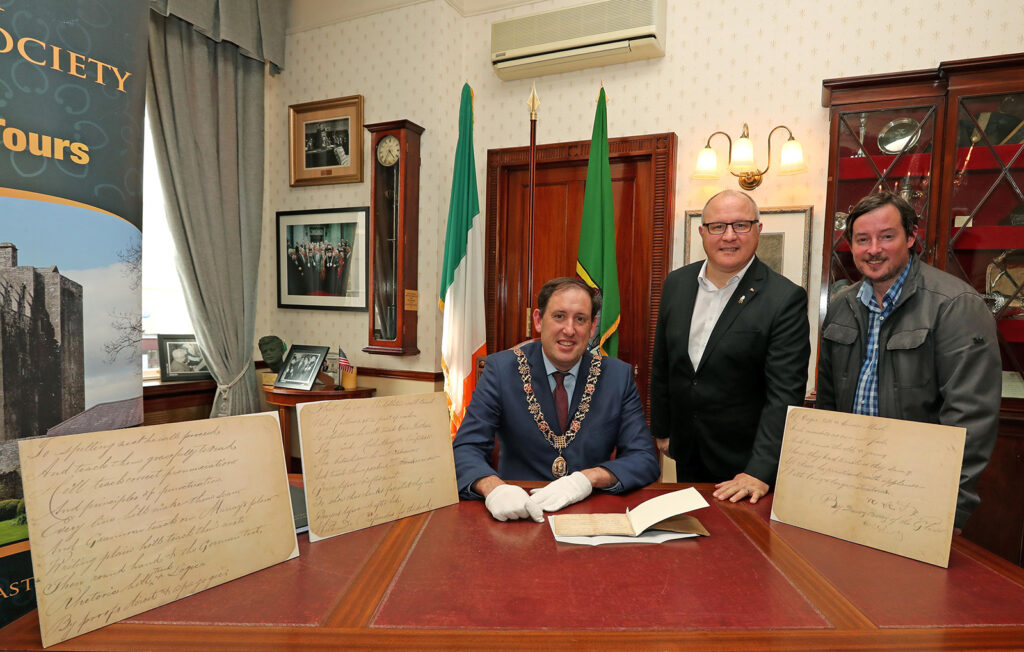
He married Eilís Ní Chaoimh sometime at the turn of the century and they had four sons and five daughters. De Barra worked a holding of approximately twenty-nine acres in 1833.
Religious material, poetry and traditional tales are among the range of subjects found in the transcribed manuscripts. Over 100 original poems still await definitive editions, including religious and occasional verse and also barántais.
His prose writings include an account of a tithe affray in Carrigtwohill, written in the traditional style associated with romantic tales, and a translation of Edward Ward’s ‘Female policy detected’ (1695) which de Barra may have undertaken in the years 1775–80.
Bad health plagued him for the last 30 years of his life and he worked on his last manuscript from 1847 to 1850. Uilliam Haicéad of Midleton gave him a book and pen to write a manuscript in 1830, but he had little or no other patronage. Indeed, 1829 saw him trying to sell a verse translation, to no avail. De Barra corresponded with Pilib Barún in Waterford, but his productivity is remarkable in that he had little or no contact with other scribes and no means of acquiring a patron.
He died on 7th April, 1851 and is buried in Carrigtwohill graveyard.


